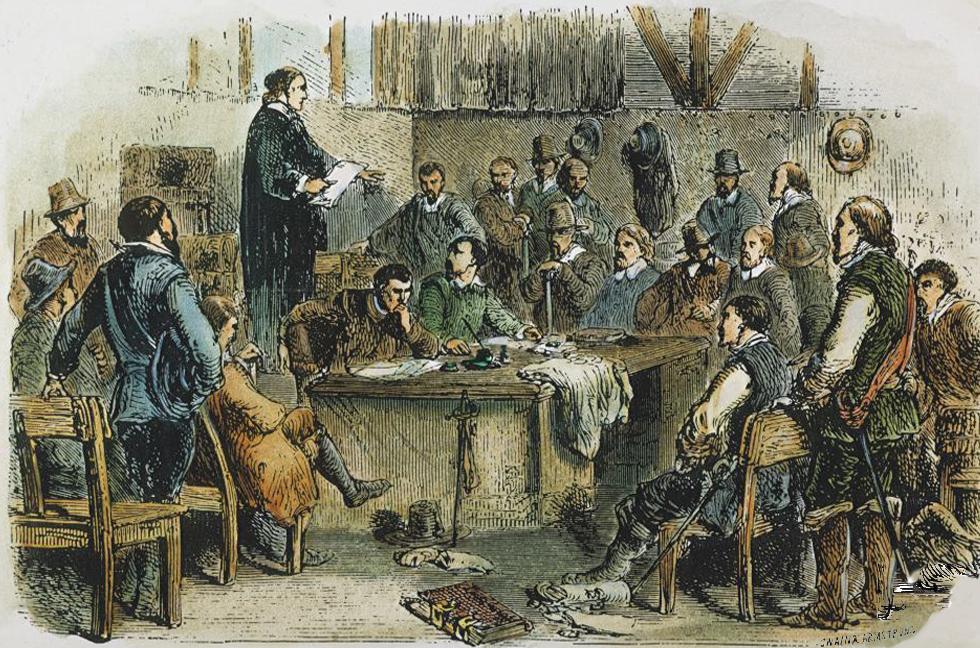In the summer of 1973, on a European excursion with my siblings and parents, our family spent part of a day at Germany’s Dachau concentration camp. In 1980, my wife and I visited her sister in Hawaii, where we spent some time at a coastal park on the Big Island looking at petroglyphs, images etched into the lava stone centuries earlier. The following year found us on the grounds of the Lost Colony in Manteo, North Carolina.
What do historical sites as different as Dachau, Hawaii, and the Lost Colony have in common?






